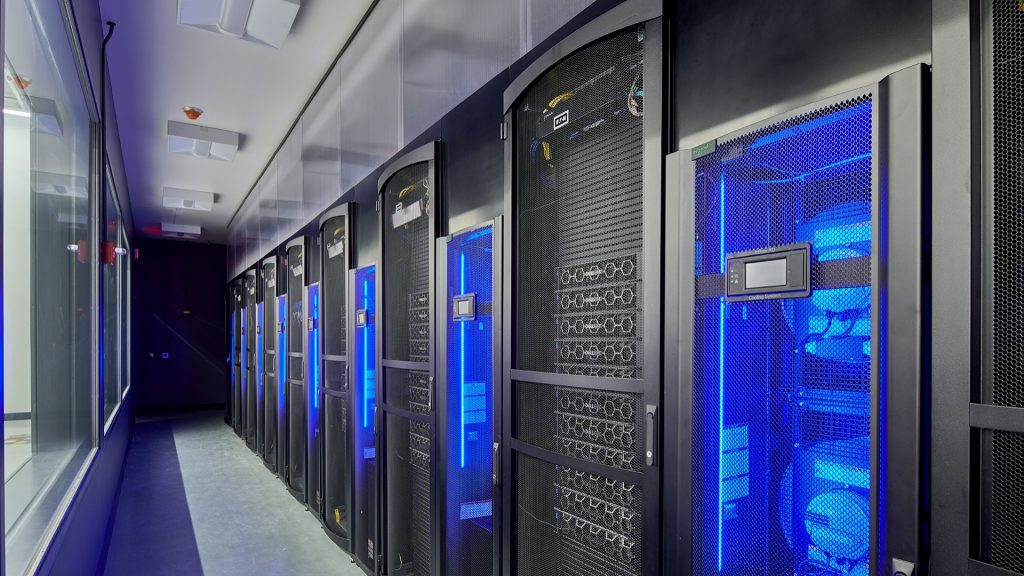Since 2000, nineteen of the hottest years have been record on Earth. Data from NASA suggests that 2021 was 0.85 degrees celsius hotter than the average and the problem is only likely to get worse.
Recently, heatwaves have besieged the Northern Hemisphere’s summer and as the global South moves into warmer seasons, those managing digital infrastructure should be prepared.
Today Vertiv has issued recommendations for data centre operators and associated businesses regarding the challenges that warmer weather brings with it.
“If one thing is clear, it is that we need to be prepared for these extreme weather conditions to become more commonplace, so adapting to this inevitability is crucial,” says president for Vertiv in EMEA, Karsten Winther.
“Customers are becoming more aware of the challenges that extreme heat, for example, brings and are rightly looking at how they can mitigate the resulting risks when it comes to their data center operations. Our service teams have proved invaluable in providing the guidance and support required to not only manage the immediate impact, but to discuss with customers how they can plan ahead to build in resiliency moving forward,” adds Winther.
The first piece of advice that Vertiv offers seems rather odd at first – Run as many cooling units as possible.
The idea behind this is that by running more units, there isn’t as much strain on fewer units. This helps keep refrigerant pressures lower thereby lowering the risks of tripping.
The more obvious piece of advice is that data centre operators conduct regular maintenance. This maintenance should be carried out every quarter at a minimum.
“For compressor-based (DX) units, Vertiv recommends quarterly or more frequent cleaning of the condenser coils. The lack of proper and regular cleaning of the condenser coil can cause more of a reduction in the overall thermal unit capacity than the ambient temperature itself. Additionally, properly maintaining the refrigerant charge level helps to enable the design capacity and operating efficiency to function smoothly. A refrigerant charge that is too low or too high, can cause operational inefficiencies,” writes Vertiv.
The firm goes on to point out that these are really short-term actions. The sector as a whole needs to adapt and for that, Africa, Australia and the Middle East could offer guidance.
“As an industry, we should look to and learn from regions like the Middle East, Africa and Australia, which have already adapted to high temperatures for much of the year,” explains vice president for thermal sales at Vertiv, Steve Madara. “We need to reassess rooftop space planning and design our data center infrastructures to withstand higher heat loads, rethinking the placement of infrastructure systems in addition to capacity.”
One way to solve this may be to put data centres on the ocean floor. Microsoft’s Project Natick investigated the viability of this solution and it worked really well.
Of course, we also have to mention that data centres account for one percent of the total electricity demand globally. It’s important then that operators of these centres form part of the ongoing efforts to tackle climate change. It is in their best interests after all.

